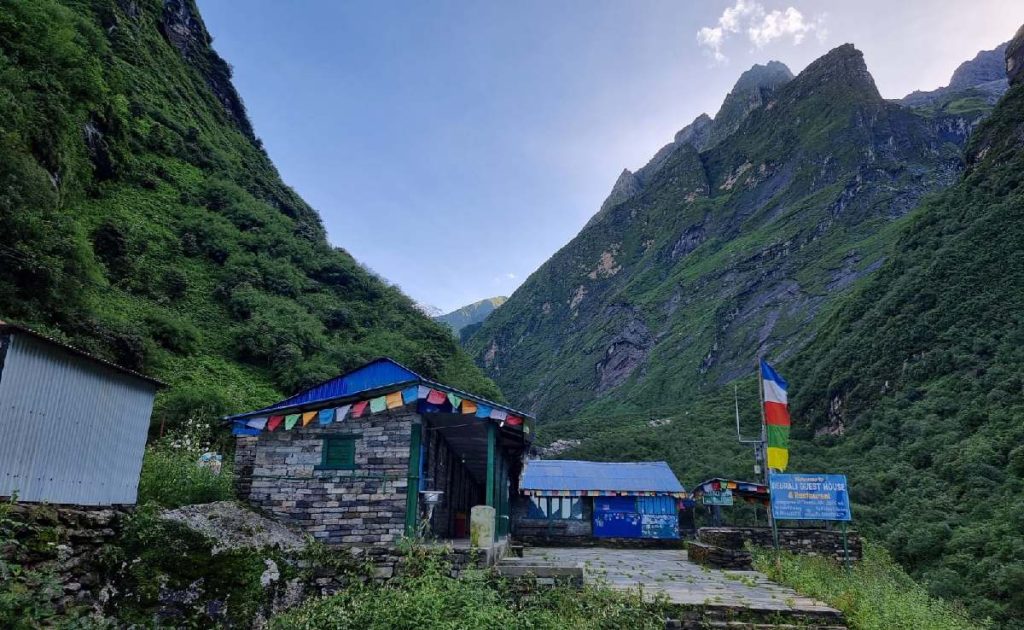
Discover how Annapurna trekking transformed from tough camping trips in the 1950s to today’s cozy, community-driven lodge adventures, blending comfort with Himalayan magic.
Picture yourself in a warm tea house, enjoying a hot meal while gazing at Annapurna’s snow-covered peaks. For modern trekkers, this is the heart of the journey—comfy beds, friendly hosts, and stunning views. However, trekking in Nepal wasn’t always so inviting. It started as a rugged, self-reliant adventure. This is the story of how Annapurna’s trekking culture evolved into a sustainable, culturally rich experience that draws adventurers from around the globe.
The First Steps: Camping Treks (1950s)
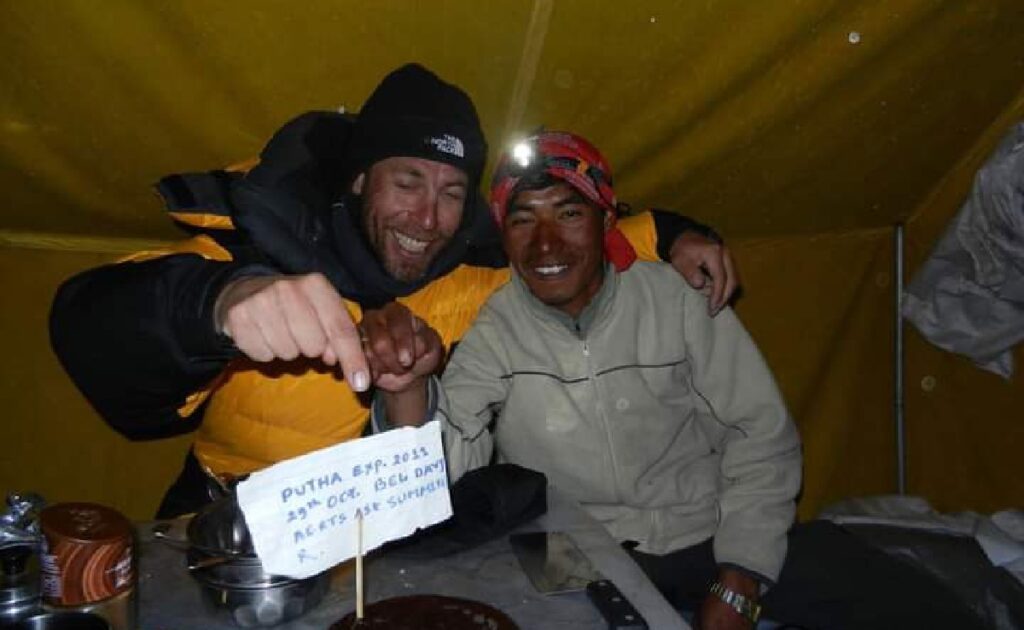
In the 1950s, trekking for fun didn’t exist in Nepal. Visitors came for climbing mountains or conducting research. For example, Lt. Col. Jimmy Roberts, a British Gurkha officer, saw Annapurna’s potential for adventure. He launched Nepal’s first guided treks, which were tough to organize. Specifically, these trips needed:
-
Large teams of porters to carry supplies
-
Tents, sleeping bags, and cooking stoves
-
Chefs to make meals
-
Food for weeks on remote trails As a result, these early treks opened Annapurna’s beauty to adventurers, but they were expensive and kept trekkers separate from local communities.
The Camping Boom: Tented Treks (1960s–1970s)
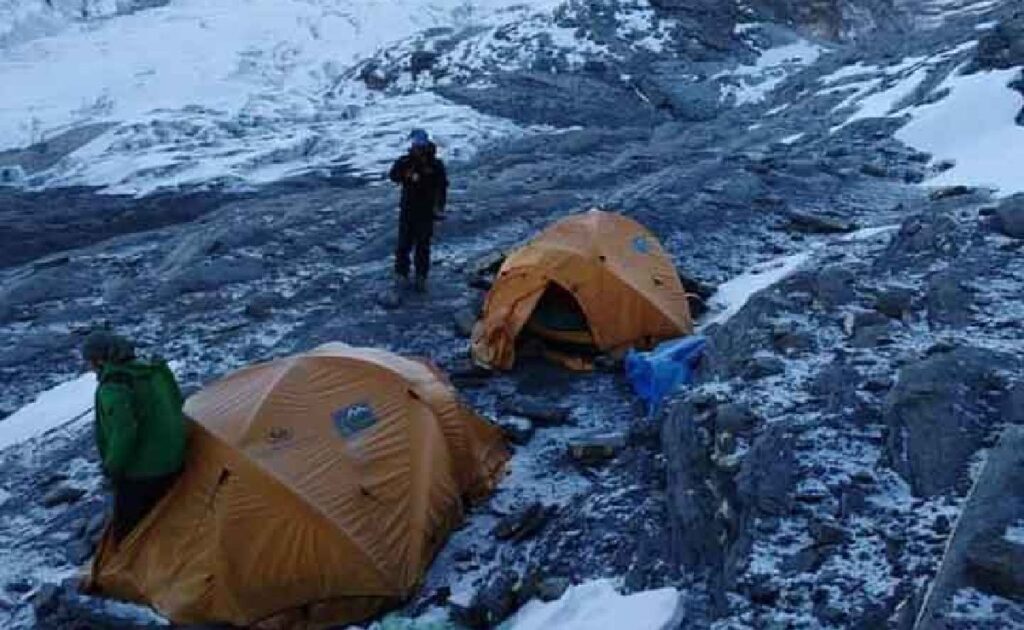
In the 1960s, Nepal welcomed more global travelers, and trekking became a way to explore the Himalayas without climbing peaks. Agencies in Kathmandu and Pokhara offered camping treks, with Annapurna’s valleys and villages as top destinations. However, these trips had challenges:
-
High costs due to many support staff
-
Little connection with locals, as trekkers relied on their own teams
-
Harm to trails and forests from large groups Consequently, these issues pushed the need for a better, more sustainable way to trek.
The Tea House Shift: Rise of Lodges (1980s–1990s)
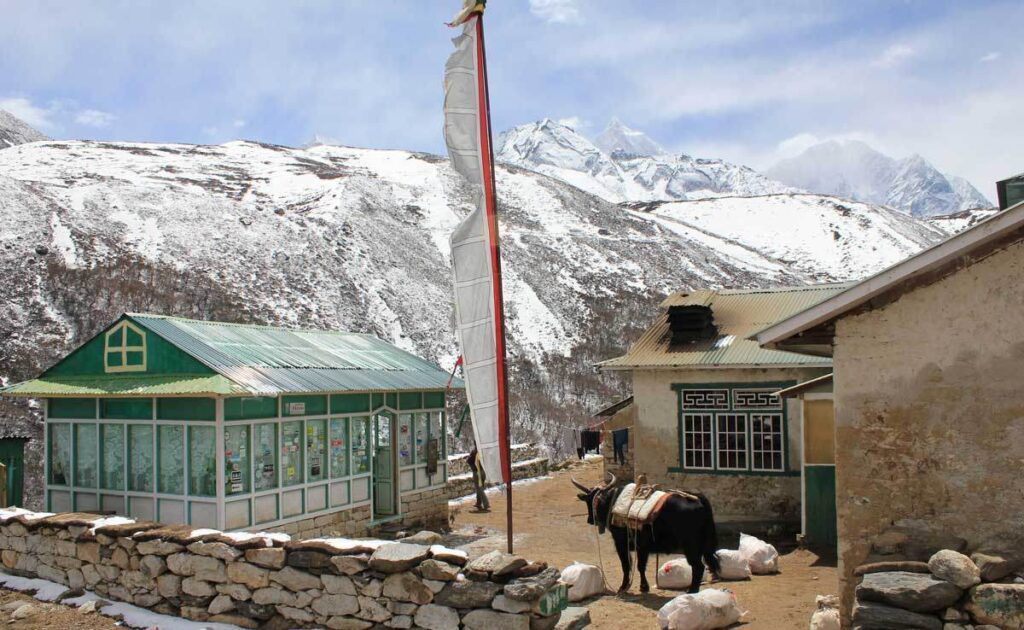
In the 1980s, a local initiative changed everything. Families along routes like the Annapurna Circuit, Annapurna Base Camp, and Ghorepani–Poon Hill opened their homes to trekkers. These “tea houses” offered simple rooms, shared bathrooms, and warm meals like dal bhat. For instance, this shift allowed trekkers to:
-
Travel light without heavy gear
-
Bond with Nepali families and culture
-
Support village economies As a result, lodge trekking became cheaper, more flexible, and deeply engaging, making Annapurna open to more explorers.
Today’s Lodges: Comfort and Connection (2000s–Present)
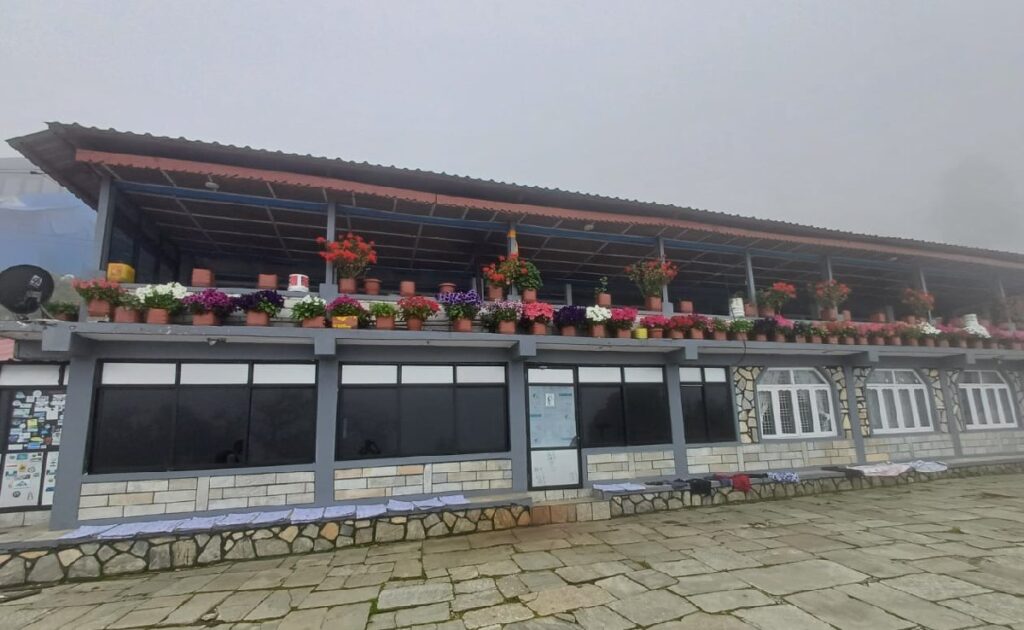
By the 2000s, lodge trekking became Annapurna’s main attraction. As tourism grew, tea houses improved. Today, trekkers enjoy:
-
Cozy rooms with warm blankets
-
Hot showers powered by solar energy
-
Meals from Nepali classics to Western dishes
-
Wi-Fi and trail signs in some villages Despite these upgrades, many lodges are still family-run, keeping the authentic charm. For example, sharing tea in Ghandruk or waking to mountain views in Tadapani feels personal and unforgettable.
Why It Works: A Sustainable Model
The move from camping to lodges is a win for everyone. Here’s why:
-
Villages thrive: Lodge income helps families afford schools and healthcare.
-
Nature benefits: Fewer porters mean less strain on trails and forests.
-
Trekkers win: Lightweight travel suits all ages and skill levels. Moreover, projects like the Natural Annapurna Trekking Trails (NATT) promote green practices, protect trails, and ensure fair pay for guides and porters.
Keeping the Magic Alive
As roads reach deeper into the Himalayas, preserving lodge trekking’s spirit is key. For instance, efforts include:
-
Eco-friendly lodges to reduce waste
-
Community projects to boost local economies
-
Training for hosts to improve hospitality
-
Trail protection to keep the wilderness alive These steps ensure Annapurna remains a special place for meaningful travel.
Why Annapurna Awaits
From Jimmy Roberts’ bold treks to today’s welcoming tea houses, Annapurna’s story is one of adventure and connection. Lodge trekking blends excitement, comfort, and bonds with Nepal’s people and landscapes. At Himalayan Circuit, we’re passionate about guiding you through sustainable, authentic treks that create lasting memories.
Ready to explore Annapurna’s trails? Join Himalayan Circuit for the best lodge routes and cultural experiences. Contact us to start your journey!
No Comments yet!